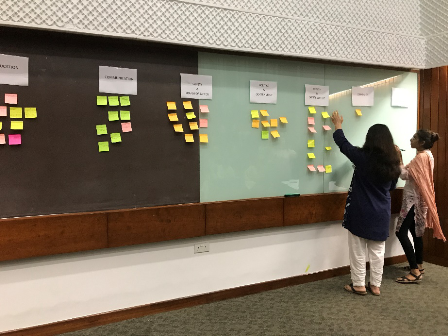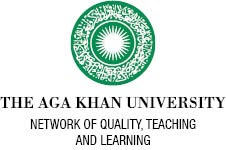How attending a teaching and learning workshop transformed my approach in the classroom
This story is written by Shireen Shehzad from School of Nursing and Midwifery , PakistanIntroduction
This summer, I attended the Teaching and Learning Enhancement Workshop (TLEW), hosted by the Networks of Quality, Teaching and Learning (QTL_net). The purpose of TLEW is to enhance faculty members' teaching skills by introducing new instructional strategies. TLEW allows educators to develop and refine their teaching skills for more productive learning in their classrooms.
An important organizational skill that I learned in TLEW was the BOPPPS model for lesson planning. The acronym BOPPPS stands for: Bridge-in, Outcomes (or Objectives), Pre-assessment, Participatory learning, Post-assessment, and Summary. This method provides a structured framework for teaching and allows faculty members to implement their content in the most effective way.
In my experience in the classroom, the BOPPPS model did not change the content of my teaching; as I have been teaching the same course since the last few years and have also been applying various teaching and learning strategies. BOPPPS provided a framework for my teaching so that the content was well absorbed and understood by the students in an organized way. It has transformed the way I teach and my students' interaction with the content in the most positive way.
Putting BOPPPS into Practice

My first session after attending TLEW was on community assessment of Community Health Nursing (CHN) course. It is a clinical based course and students are expected to integrate this session's learning into their clinical practice. I was very excited and a little nervous about applying my TLEW learnings because of the large class size but yet again it was a trial and error process. I began my lesson of the day by bridging-in with a video of a local community assessment that I wanted my students to take part in. I was very clear in my outcome/objective that I wanted to simulate the students' first day in the community before they had even set foot there and they would learn how to assess a community that may be far different from their own. For pre-assessment and participatory learning, I distributed sticky notes among students. Each row of the venue got different domains of the community core system or the sub system. I asked each student to think about an assessment strategy to assess the assigned domain when entering into the new community. This actively engaged students as they wrote down what they already knew about community assessment through the video and then formulated a question or an observation for community assessment. Afterwards, the students placed their sticky note on the blackboard below their assigned domains of community assessment such as environment, health, society, politics, history, etc. I then asked students to go through each and every domain and read the notes and learn from each other's knowledge and they were allowed to deliberate on these questions, if needed. For post-assessment, I asked their understanding through some reflective scenarios. This way, even after the lesson was over, students would keep reflecting on the discussions and develop their own thought processes. After summarization, I utilized another activity that I learned in TLEW: the 'ah-ha moment' and the 'muddiest moment' to conclude my session. Students reflected on the session: when they had a spur-of-the-moment brilliant insight, and what moment they found most challenging.
I got a lot of positive feedback from students who enjoyed the activities and learned the required concepts. Using the BOPPPS model in my lesson, students were well prepared with the precise analytical tools for their first day of clinical in the new communities.


